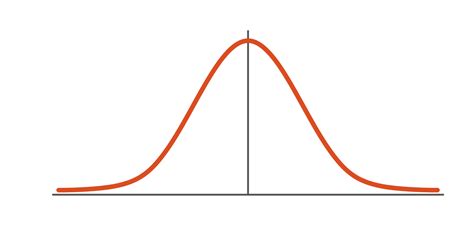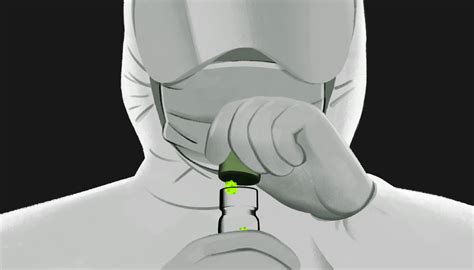Breast Malignancy Types
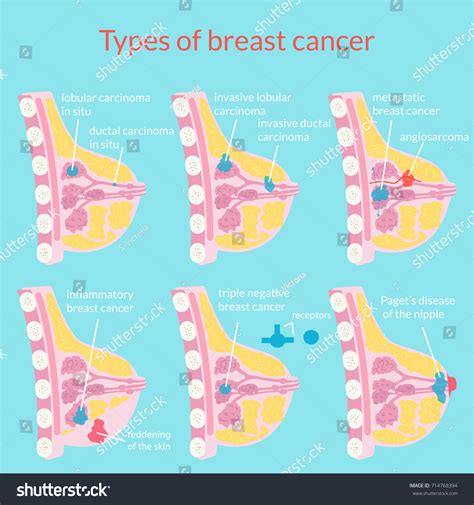
Breast cancer is a complex and multifaceted disease, and its understanding has evolved significantly over the years. This comprehensive article aims to delve into the various types of breast malignancies, shedding light on their characteristics, diagnoses, and implications. By exploring the diverse landscape of breast cancer, we can gain a deeper appreciation for the importance of early detection, personalized treatment approaches, and ongoing research in this field.
Understanding Breast Cancer: A Multifaceted Disease
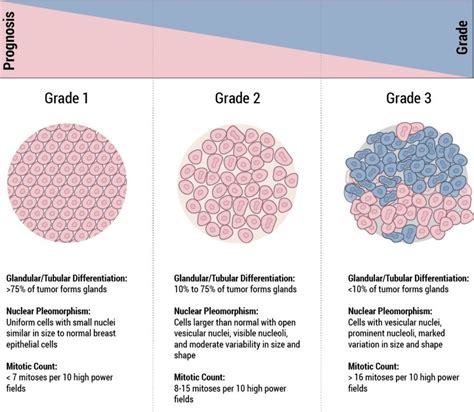
Breast cancer is not a singular entity but rather a collection of diverse malignancies, each with its own unique characteristics and behaviors. The complexity arises from the fact that breast tissue is composed of various cell types, each capable of giving rise to distinct tumor types. Additionally, the genetic makeup of individuals, environmental factors, and lifestyle choices all contribute to the development and progression of breast cancer.
The heterogeneity of breast cancer is reflected in its classification, which has evolved significantly over time. Traditionally, breast cancer was categorized based on the appearance of tumor cells under a microscope, resulting in classifications such as ductal carcinoma, lobular carcinoma, and others. However, modern research has revealed a more intricate landscape, leading to a paradigm shift in how we understand and approach breast cancer.
The Molecular Subtypes: Unraveling the Complexity

One of the most significant advancements in breast cancer research has been the identification and classification of molecular subtypes. This approach has revolutionized our understanding of the disease, allowing for more precise diagnoses and tailored treatment strategies.
The molecular subtypes of breast cancer are primarily defined by the expression of specific receptors on the surface of cancer cells. These receptors play a crucial role in the growth and behavior of the tumor. The three main receptor types used for classification are:
- Estrogen Receptor (ER): ER-positive cancers are sensitive to estrogen, and their growth is often fueled by this hormone. These cancers comprise a significant proportion of breast cancer cases.
- Progesterone Receptor (PR): PR-positive cancers are influenced by the hormone progesterone, which can impact their growth and behavior.
- Human Epidermal Growth Factor Receptor 2 (HER2): HER2-positive cancers overexpress the HER2 protein, leading to aggressive tumor growth and often a poorer prognosis.
Based on the expression of these receptors, breast cancers can be classified into various subtypes, each with its own distinct characteristics and treatment considerations:
- Luminal A: ER-positive, PR-positive, and HER2-negative. This subtype typically has a good prognosis and responds well to hormone therapy.
- Luminal B: ER-positive, PR-positive or negative, and HER2-positive or negative. Luminal B cancers are more aggressive than Luminal A and may require a combination of therapies.
- HER2-Enriched: ER-negative, PR-negative, and HER2-positive. These cancers are often aggressive and require targeted therapies aimed at the HER2 receptor.
- Triple-Negative Breast Cancer (TNBC): ER-negative, PR-negative, and HER2-negative. TNBC is a particularly challenging subtype as it lacks the receptors that respond to standard hormone therapies. It tends to be aggressive and requires a multimodal approach to treatment.
The identification of these molecular subtypes has not only improved our understanding of breast cancer but has also led to the development of targeted therapies, revolutionizing the treatment landscape.
Invasive vs. Non-Invasive Breast Cancer: A Critical Distinction
Another crucial aspect of breast cancer classification is the distinction between invasive and non-invasive tumors. This categorization is based on the behavior and spread of the cancer cells.
Invasive Breast Cancer
Invasive breast cancer is characterized by the ability of cancer cells to invade surrounding tissues. These cells can break through the basement membrane, a thin layer of tissue that separates the breast lobules or ducts from other tissues. Once invasive, the cancer cells can spread to nearby lymph nodes and potentially metastasize to distant organs.
Invasive ductal carcinoma (IDC) is the most common type of invasive breast cancer, accounting for about 80% of cases. IDC starts in the milk ducts and can spread to other parts of the breast and beyond. Other less common types of invasive breast cancer include invasive lobular carcinoma (ILC), which starts in the lobules, and rare subtypes such as inflammatory breast cancer and Paget disease of the breast.
Non-Invasive Breast Cancer: Carcinoma In Situ
Carcinoma in situ (CIS) is a non-invasive form of breast cancer where abnormal cells are confined to their original location. They have not invaded the basement membrane and, therefore, are considered less aggressive than invasive cancers. However, CIS can progress to invasive cancer if left untreated.
The two main types of CIS are ductal carcinoma in situ (DCIS) and lobular carcinoma in situ (LCIS). DCIS is the most common type, where abnormal cells are found in the milk ducts. LCIS, on the other hand, involves abnormal cells in the lobules. While LCIS is not considered a true cancer, it is an important marker of increased breast cancer risk.
Rare and Unique Breast Cancer Subtypes
While the molecular and invasive/non-invasive classifications cover the majority of breast cancer cases, there are rare and unique subtypes that present distinct challenges and considerations.
Male Breast Cancer
Although breast cancer is often associated with women, men can also develop this disease. Male breast cancer is rare, accounting for less than 1% of all breast cancer cases. The biology and treatment of male breast cancer are similar to those in women, but there are unique considerations due to anatomical differences.
Metastatic Breast Cancer
Metastatic breast cancer, also known as stage IV breast cancer, is a condition where the cancer has spread beyond the breast and nearby lymph nodes to other parts of the body, such as the bones, lungs, liver, or brain. While metastatic breast cancer is not considered curable, advancements in treatment have significantly improved the quality of life and survival rates for patients.
Inflammatory Breast Cancer
Inflammatory breast cancer (IBC) is a rare and aggressive form of breast cancer that accounts for about 1-5% of all breast cancer cases. IBC is characterized by the rapid spread of cancer cells within the skin of the breast, causing redness, swelling, and a thickening of the skin that resembles an infection. The aggressive nature of IBC often leads to a poorer prognosis compared to other breast cancer subtypes.
Genetic Factors and Hereditary Breast Cancer
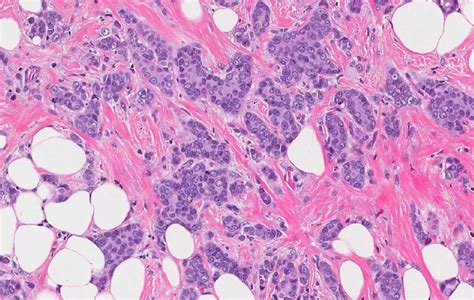
Hereditary breast cancer is caused by inherited gene mutations that increase the risk of developing breast and other cancers. The most well-known genes associated with hereditary breast cancer are BRCA1 and BRCA2. Mutations in these genes significantly increase the lifetime risk of breast and ovarian cancer. Other genes, such as TP53, PTEN, and CDH1, are also associated with hereditary breast cancer syndromes.
Individuals with a family history of breast cancer, especially in multiple close relatives or at a young age, may benefit from genetic counseling and testing to assess their risk and guide their medical decisions.
Future Directions and Ongoing Research
The field of breast cancer research is constantly evolving, and ongoing studies are focused on improving our understanding of the disease and developing more effective treatments. Some key areas of research include:
- Immunotherapy: Exploring the use of the body's immune system to fight breast cancer cells.
- Precision Medicine: Tailoring treatment approaches based on an individual's genetic makeup and tumor characteristics.
- Targeted Therapies: Developing drugs that specifically target the molecular pathways involved in breast cancer growth.
- Preventive Strategies: Investigating lifestyle modifications and medical interventions to reduce the risk of breast cancer development.
The future of breast cancer treatment lies in a combination of early detection, personalized medicine, and a deep understanding of the molecular and cellular processes driving the disease. By continuing to advance our knowledge and treatment approaches, we can strive towards better outcomes and improved quality of life for individuals affected by breast cancer.
How is breast cancer diagnosed?
+Breast cancer diagnosis typically involves a combination of imaging tests (such as mammograms, ultrasounds, or MRIs), biopsy, and laboratory tests. These tests help determine the presence, location, and characteristics of the tumor, guiding further treatment decisions.
What are the common symptoms of breast cancer?
+Common symptoms of breast cancer include a new lump or mass in the breast, changes in breast size or shape, skin dimpling or puckering, nipple inversion, redness or scaliness of the nipple or breast skin, and discharge from the nipple. However, it’s important to note that some breast cancers may not present any symptoms in their early stages.
Are there lifestyle factors that can reduce the risk of breast cancer?
+Yes, maintaining a healthy weight, regular exercise, limiting alcohol consumption, and avoiding tobacco use can all reduce the risk of breast cancer. Additionally, breastfeeding, having children at a younger age, and a diet rich in fruits and vegetables may also provide some protective benefits.
